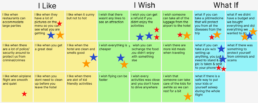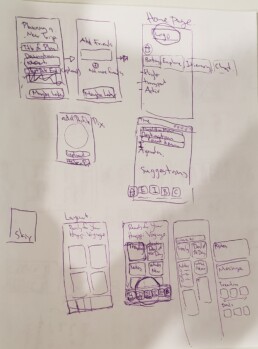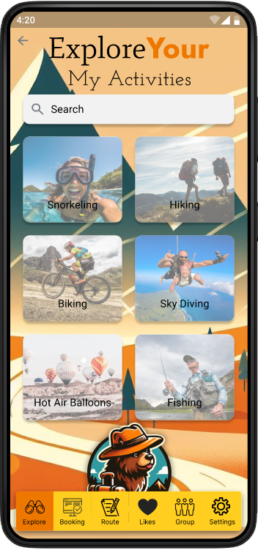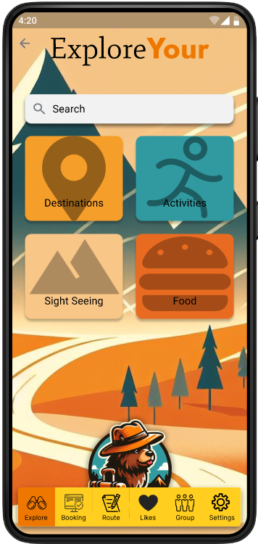HAPPIVOYAGE
THE PROJECT
Imagine that you been hired as a Product Designer for a new travel startup with the goal of creating a modern mobile app to help people plan their post-pandemic trips. My role: Researcher and Designer, Tools: Figma and Google Slides.
THE NEED
In today’s busy world, families often struggle to find the time to plan their next vacation. They seek the flexibility to alter their plans without incurring extra fees.
THE SOLUTION
HappiVoyage is an app that allows users to book, organize, and share their travel itineraries. With the click of a button, users can easily change their plans at any time.
RESEARCH
I’d interviewing a few families with at least one child who take trips together. My objectives are to:
- Understand their needs
- Identify key points families look for when traveling
- Discover what they enjoy and dislike about traveling
Using the data collected, I created a user persona to define and ideate a better solution for their needs. In addition, I create user scenario, maps, and storyboard to to discover any other issues the user will have.
AFFINITY DIAGRAM
USER PERSONA
I LIKE, I I WISH, WHAT IF
PRIORIZATION MATRIX
VALUE PROPOSTION
USER SCENARIO
JOURNEY MAP
STORYBOARD
PROTOTYPE - PAPER
PROTOTYPE - LO-FI
PROTOTYPING - MID-FI
Onboarding
Landing - App
GUERILLA TESTING
GUERILLA TESTING - RESULTS
Most users were able to sign in and navigate the app easily. However, all users encountered the same issue when trying to access their booked activities and reservations. I had designed the app for users to go to the “Activities” tab for their booked activities and the “Foods” tab for their reservations, but instead, they all went to the “Booking” tab, expecting to find their booked activities there. To address this issue, I revised the app to relocate “My Activities” and “My Reservations” to the “Booking” tab.
HI-FI PROTOTYPING - MOBILE (RWD)
CONCLUSION
The Beginning:
As my first project in UX/UI, I didn’t know what to expect. Creating an app takes a lot of work and extensive research, involving many trials and errors, but these efforts ultimately lead to a better product. I used the Double Diamond Design Process to create my app, HappiVoyage.
The Work:
Though research was time-consuming, it provided valuable insights from users—things I wouldn’t have thought of otherwise. Using these insights, I identified several problems and developed solutions to address them.
The Results:
Overall, this was a great first project. I learned a lot from it, and seeing my work in action was very satisfying. I believe I created a user-friendly app. I especially enjoyed the wireframing stage and can confidently see myself continuing as a UX/UI designer in the future.






















